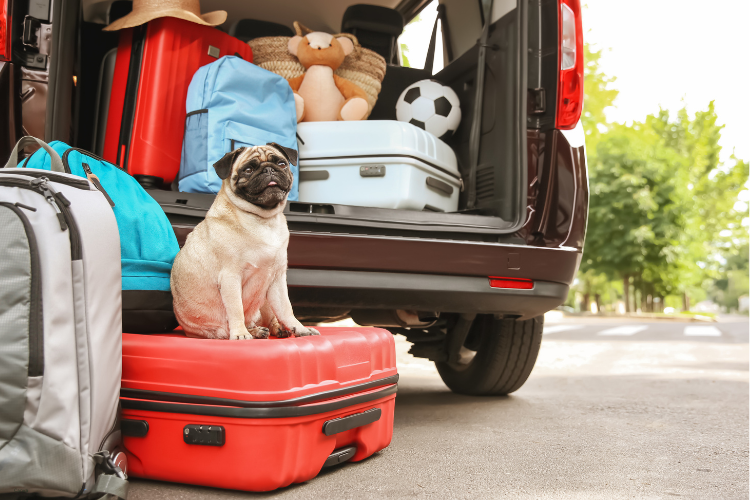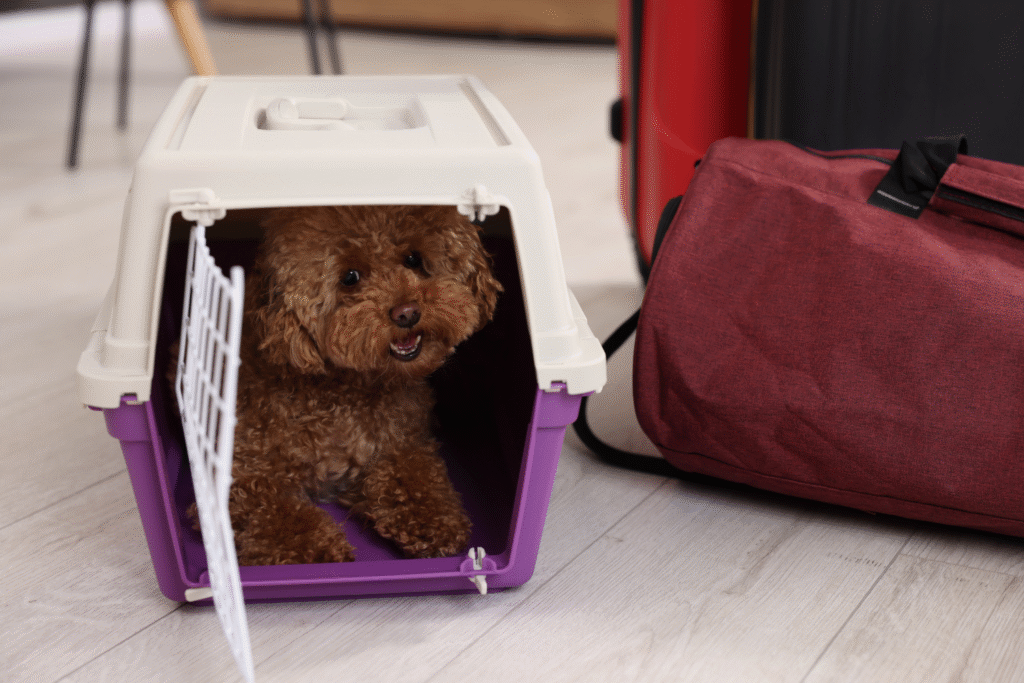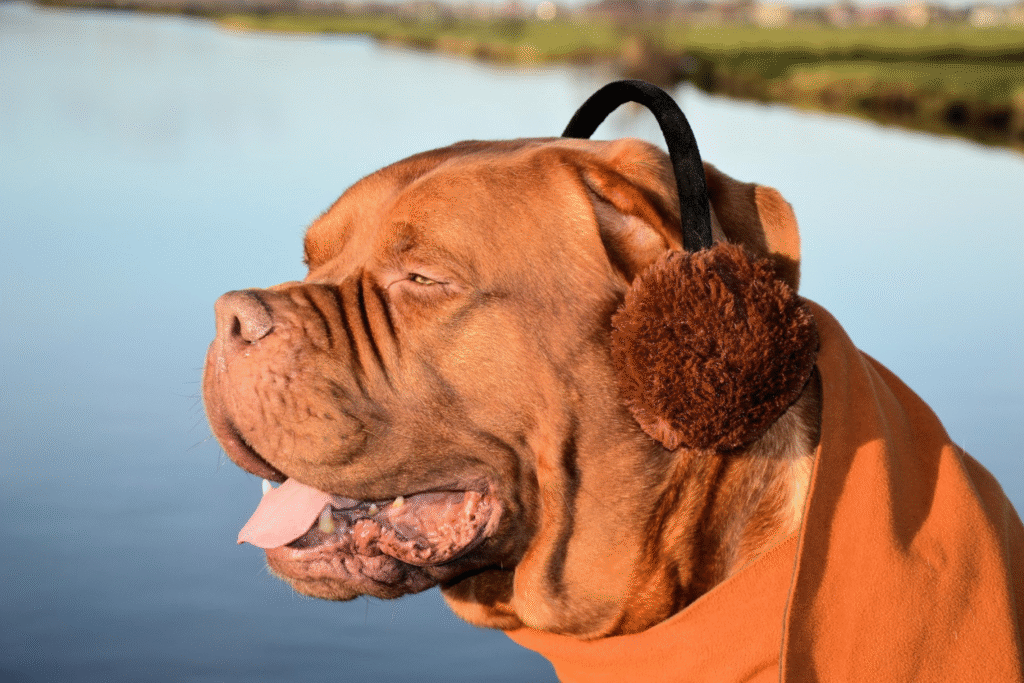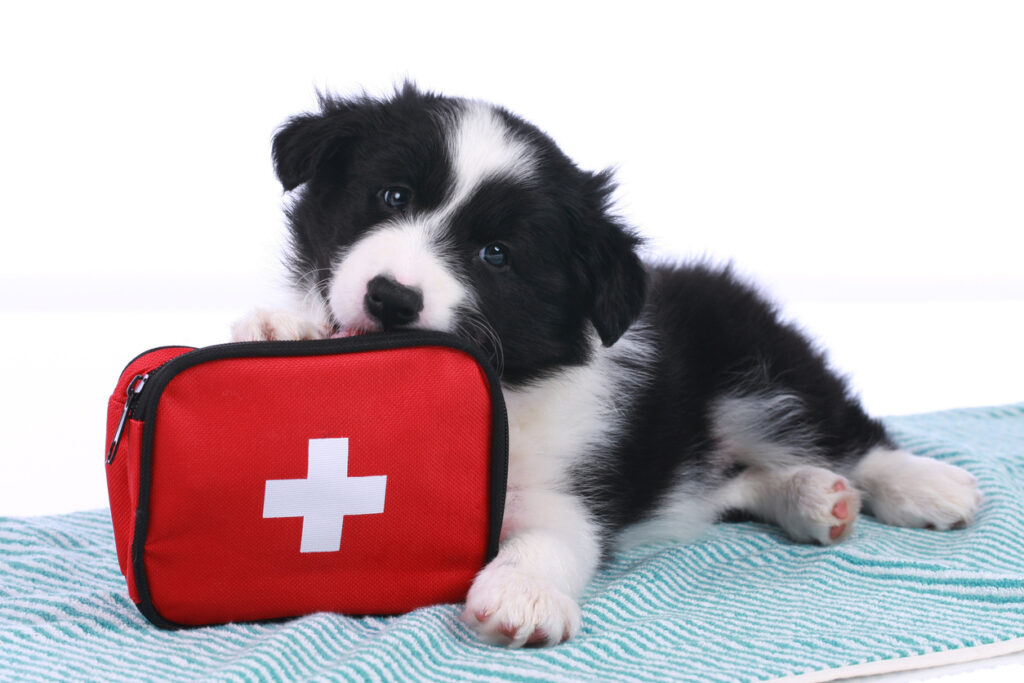Taking your dog along for the ride sounds dreamy, but the real prep work is where the story gets interesting.

Traveling with your dog isn’t just tossing a leash in the backseat and calling it a day. There’s a whole checklist of hidden challenges, from motion sickness to flight restrictions, that can turn a trip into chaos if you’re not ready. The good news is that dogs can actually be excellent travel companions when given the right tools, routines, and comfort. These tips show you how to turn your four-legged friend into the most relaxed passenger on the journey.
1. A carrier is not optional if you want your dog to feel safe.

Many people assume carriers are just airline rules, but they’re actually a comfort zone for most dogs. According to the American Kennel Club, dogs that are crate-trained before travel show fewer signs of anxiety and adjust better on the move. Think of the carrier as their portable bedroom—it’s the one space that smells familiar no matter where you go.
Once a dog understands the crate is their safe spot, travel stress drops significantly. Instead of being overwhelmed by constant new environments, they retreat to their own corner. That simple shift changes the entire trip dynamic, for both you and them. And the smoother the adjustment, the easier it is to tackle the next travel step without meltdowns.
2. Timing meals wrong can turn your trip into a nightmare.

Feeding your dog right before a car ride or flight is a rookie mistake. Upset stomachs are one of the biggest reasons dogs struggle when traveling. Dogs prone to motion sickness can handle the trip better if they’re fed a few hours in advance. As stated by the American Veterinary Medical Association, withholding food right before the ride reduces nausea and keeps them more comfortable.
Even if your dog has an iron stomach, travel throws off routines. Keeping a feeding schedule that avoids last-minute meals makes the trip smoother. The goal isn’t to starve them, but to balance comfort with consistency. By managing this simple detail, you avoid the mess and stress that could derail an otherwise pleasant adventure.
3. Hydration can make or break how well your dog adjusts.

It’s easy to forget that travel often dehydrates pets faster than normal. Reported by PetMD, dogs lose hydration quicker when stressed or in unfamiliar environments, and even more so on long flights. Portable water bottles or collapsible bowls become lifesavers, ensuring your dog always has access to fresh water.
Carrying water from home helps too, since unfamiliar tap water sometimes upsets sensitive stomachs. A small detail like this often determines whether your dog stays energetic or grows restless halfway through. Every sip they take reduces anxiety and keeps their body running smoothly. Once hydration is handled, the rest of the travel experience feels far less daunting.
4. Motion sickness isn’t rare, and it requires planning.

Dogs aren’t immune to travel nausea, and ignoring the signs makes the situation worse. Some start drooling, others whine or pace, and a few will vomit before you even hit the highway. Over-the-counter options and vet-prescribed meds exist, but conditioning your dog slowly to car rides works wonders too.
Short, fun drives before a long trip build tolerance and make the car a happy place instead of a dreaded one. Pair the drive with positive reinforcement, and the nerves start to fade. By the time a big trip rolls around, your dog’s brain has already reframed the experience into something manageable.
5. Airlines have strict rules, and you can’t wing it.

Every airline enforces different pet travel requirements, and guessing will get you stranded at the gate. Some breeds aren’t allowed, weight limits vary, and the size of your carrier matters more than most people realize. Missing a detail can mean your trip ends before it begins.
The best move is calling ahead and confirming policies directly. That extra step saves you from last-minute heartbreak, especially if you’ve already invested in tickets. When your dog checks all the boxes, the actual travel day becomes far less stressful for everyone involved.
6. Familiar smells keep your dog calm in strange places.

Dogs thrive on scent, so tossing a worn T-shirt or their favorite blanket into the carrier can make all the difference. The familiar smell grounds them when everything else feels chaotic. Without that comfort, many dogs spiral into nervous pacing and whining.
Adding that small piece of home into the mix can turn airport chaos or a long car ride into something tolerable. Owners underestimate how much reassurance a scent can provide, but dogs rely on it more than sight or sound. It’s a trick worth trying on every trip.
7. Exercise before leaving is smarter than cramming in snacks.

A tired dog travels better. A good walk, jog, or play session before heading out burns excess energy and helps them relax on the road or in the air. Skipping exercise often leads to pent-up frustration that surfaces mid-trip.
Even a quick session of fetch can make your dog more willing to nap through travel. Dogs process stress differently when their bodies are already in a calmer state. It’s a simple adjustment that often gets overlooked, yet it sets the tone for the whole journey.
8. Noise can trigger panic, so prepare for it in advance.

Loud sounds in airports, traffic, or even train stations overwhelm a lot of dogs. Noise-reducing covers for carriers or calming playlists help block the chaos. Without preparation, some dogs develop lasting anxiety associated with travel.
The trick is finding what soothes your specific dog. Some prefer silence, others benefit from background noise like soft music. Learning their preferences before travel means fewer surprises later, and far more peace during the actual trip.
9. Rest stops are not just for humans.

Road trips often push owners to keep driving, but dogs need regular breaks. Stopping every couple of hours gives them a chance to stretch, sniff around, and reset mentally. Ignoring this need often results in restless pacing or whining inside the car.
The break benefits you too, creating a more natural rhythm for the drive. These small pit stops make the entire trip feel smoother, almost like a series of short rides instead of one long stretch. That shift in perception helps both ends of the leash.
10. A backup plan saves the trip when things go sideways.

Travel rarely runs perfectly, and that applies tenfold with dogs. Flights get delayed, traffic drags on, or hotels suddenly change their pet policy. Carrying extra food, an emergency kit, and contact numbers for local vets prevents a bad situation from spiraling.
Preparedness is the one thing you’ll never regret. When the unexpected happens, your stress doesn’t transfer to your dog, which keeps them calmer too. That sense of stability is what ultimately makes traveling with a dog not just possible, but enjoyable.

Goood article. I amm dealing with some oof theee issues as well..